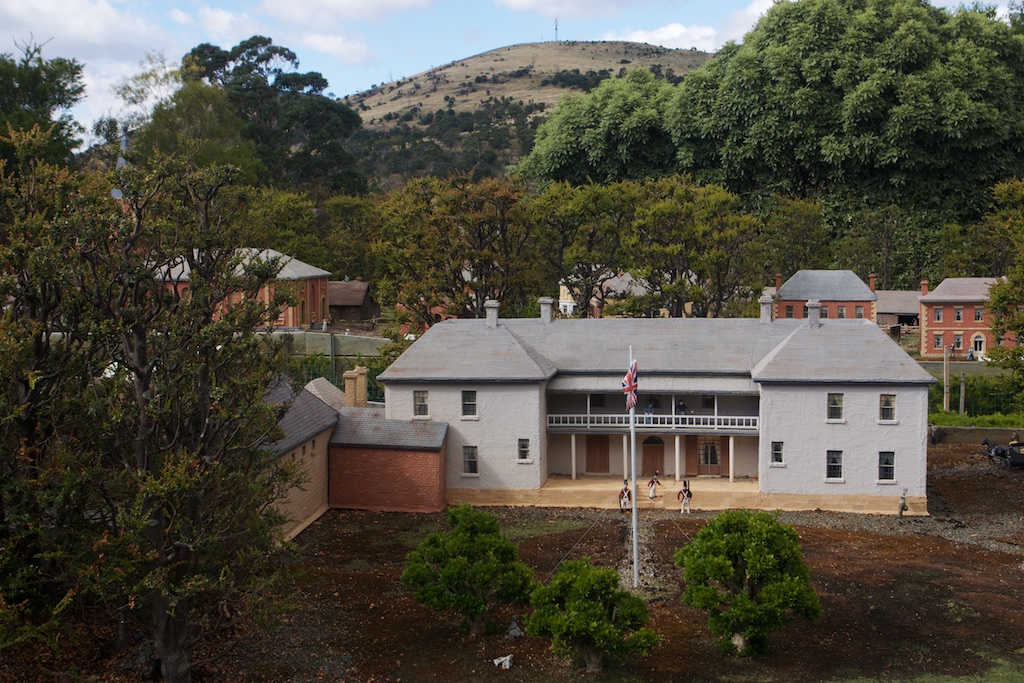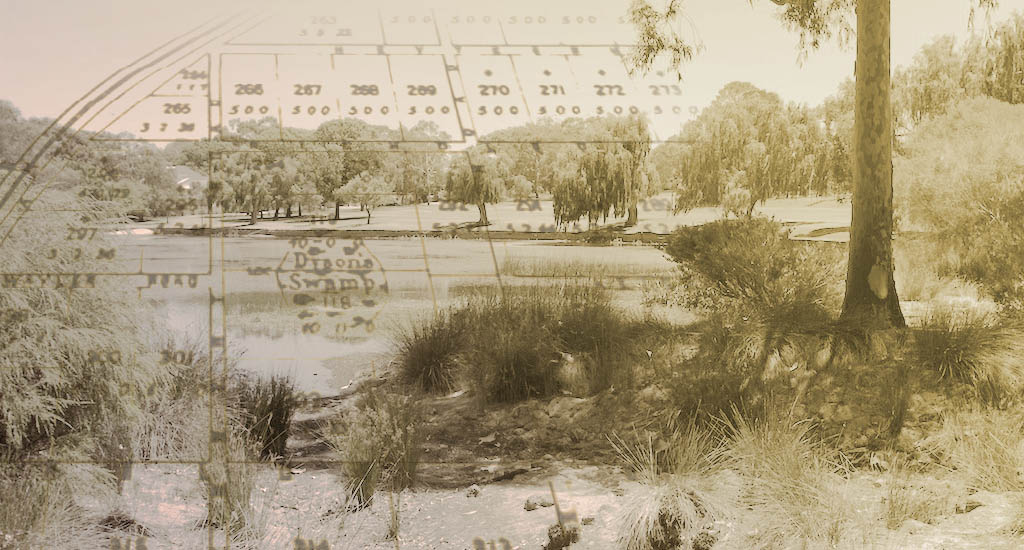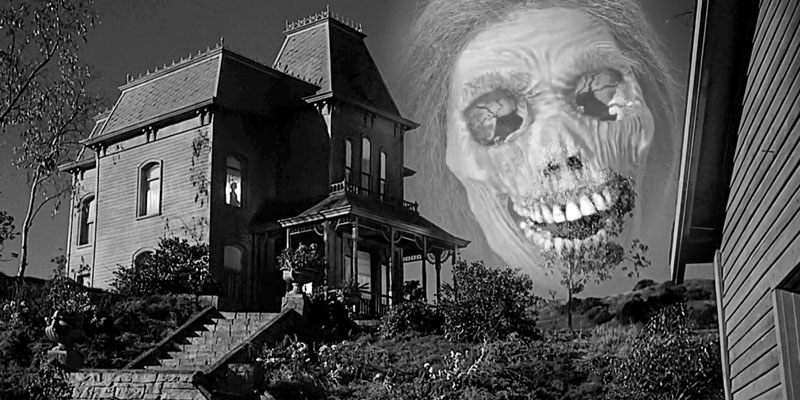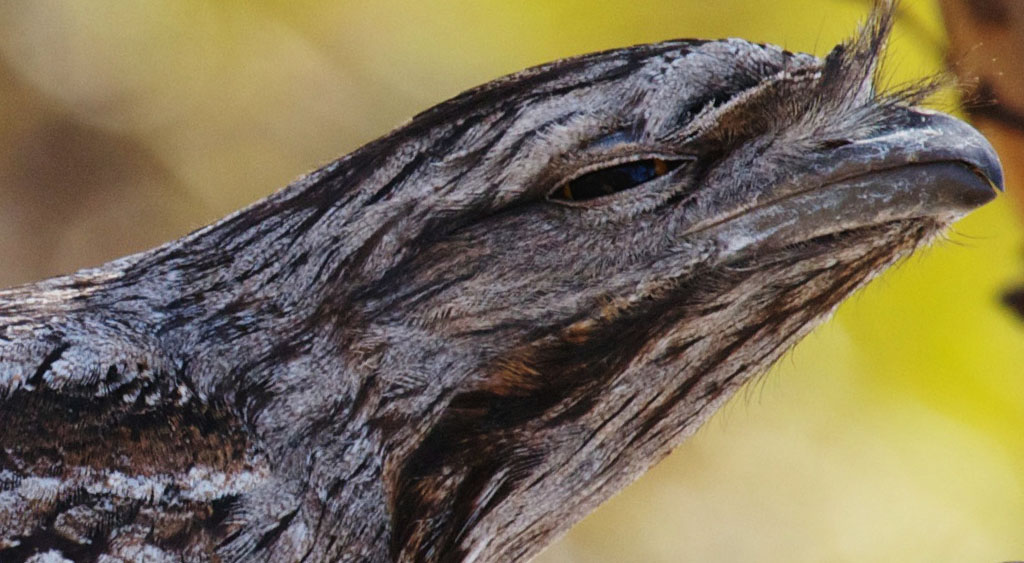
In Old Hobart Town
If you want to get an idea of what the Hobart Town of 1834, the year that the convict James […]
Self explanatory?

If you want to get an idea of what the Hobart Town of 1834, the year that the convict James […]
Dorothy Dyson was the youngest daughter of Joseph Dyson junior and Jessie Christisen nee Strutt.

His older brother was dead, his younger brother was mad… It fell to Joseph’s lot to be his father’s heir.

Every family should have a good ghost story, the Dysons are no exception…
A second tale of taxidermy and ratbaggery, this time in the old country of Lancashire.

The origins of Taxidermy in Western Australia.
Or why you can’t believe everything you read in the ‘paper… Thankfully…

Investigating the first wife of James Dyson.
So, how do you feel about conspiracy theories?